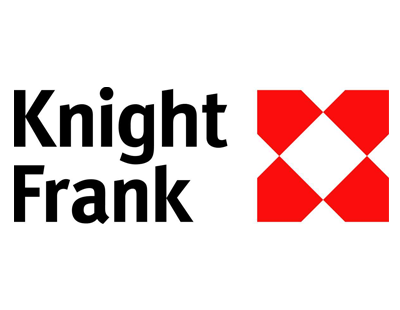
A leading analyst has told Knight Frank that the end of furlough this autumn is unlikely to kill off the housing market bull run.
Savvas Savouri, chief economist at Toscafund, says: "This is not like previous recessions when whole communities were affected by the closure of a steel mill or a coal mine.
“It’s also completely different from the global financial crisis when the collapse of banks and building societies had a localised impact.
“Every town and city has hospitality and retail venues and so no particular region will be left behind as the country emerges from this recession.”
Knight Frank’s analysis shows that the percentage of the eligible workforce on furlough - measured by local authority - varies from nine per cent in Boston, Lincolnshire, to 26 per cent in South Lakeland. The average figure is 15 per cent.
Based on the change in the number of properties marked as under offer between March 2020 and March 2021, higher rates of furlough did not lead to lower levels of housing market activity, the agency says.
For the 20 local authorities that experienced the largest increase in the number of properties going under offer in the year to March, according to OnTheMarket data, the average rate of furlough was 15 per cent.
For the 20 local authorities that experienced the lowest rise in the number of properties under offer, the average furlough rate was 14 per cent.
Further underlining the absence of any link, in the 20 local authorities with the highest average rate of furlough, the average increase in the number of properties going under offer was 30 per cent.
For the 20 areas with the lowest rate of furlough, the increase was 26 per cent.
Knight Frank says expectations for unemployment have become more positive in recent months, with the government forecasting a figure of 5.6 per cent in 2020, revised down from 6.8 per cent. It now expects unemployment to peak at 5.9 per cent in 2022.
This remains relatively low by historical standards, the agency suggests.



















%20A%20property%20tale%20for%20our%20times.png)








Join the conversation
Be the first to comment (please use the comment box below)
Please login to comment